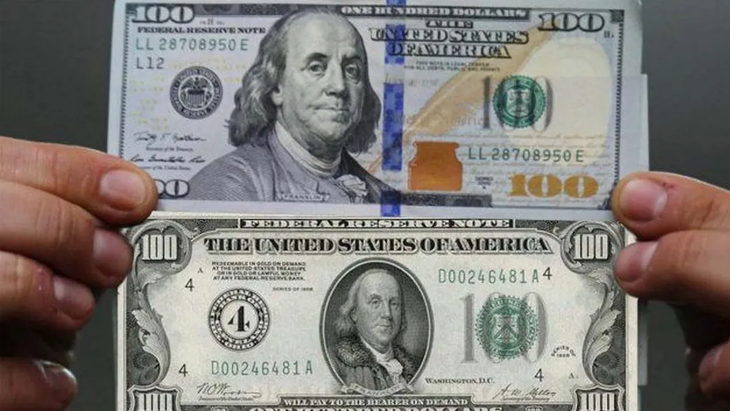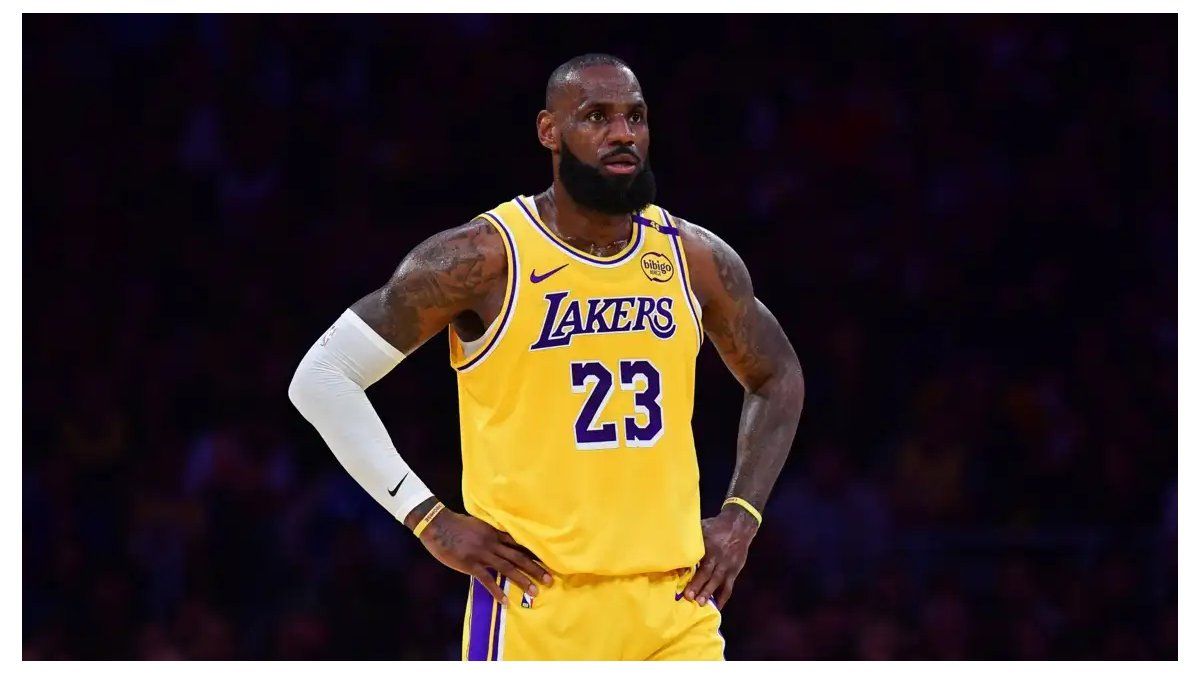Find out which dollar bills are rejected or the informal market exchanges them for a lower value in Argentina and other countries in America.
The dollar bills of ““small face” are usually rejected or depreciated in value in the blue or informal market at the time of their change, since they are those of editions issued before the 1990s. Find out what real value do they have these bills.
The content you want to access is exclusive to subscribers.
Although savers and dollar exchange houses in the informal market usually reject or pay less for the so-called “small-sided” dollars, the United States Federal Reserve (FED) clarified once again that all US bills issued are legal tender and must be accepted.

“The Federal Reserve Board recognizes that in some countries there may be different exchange rates or foreign currency acceptance policies, but the markets, and not the United States government, control these rates,” the agency indicates on its page. Web.
dollar-face-big-girljpg.webp

What the United States said about “small face” dollars
The Fed stressed that All banknotes printed from 1914 to date are legal tender. and that the successive adjustments in the models have to do with making falsification more difficult, but the previous ones do not lose validity.
“It is the policy of the United States government that all Federal Reserve note designs remain legal tender or legally valid for payment, regardless of when they were issued. This policy includes all denominations of Federal Reserve notes, from 1914 to the present, according to 31 USC § 5103,” the Fed reported.
What are the “small face” dollars
The “small face” dollars are the US$100 bills released before 1996with the face of the politician, scientist and one of the founders of the United States, Benjamin Franklinbut smaller in size than the most current versions of paper money.
These bills are rejected in Argentina but also in Brazil and Mexico, among other countries, or are accepted at a lower value.
Source: Ambito




